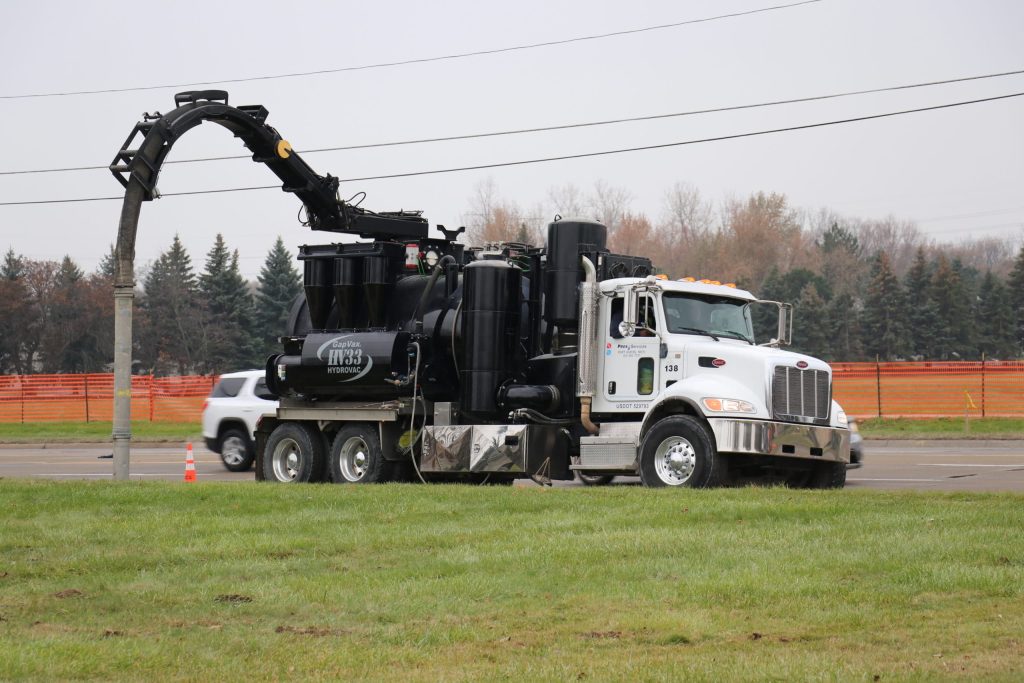Navigating urban landscapes presents unique challenges when it comes to excavation, especially in areas where traditional methods may be too destructive or risky. Hydro-excavation has emerged as a groundbreaking technique for non-destructive excavating in urban environments. This method utilizes pressurized water to break up soil and a powerful vacuum system to remove the resulting slurry, offering a precise and controlled means of digging without causing damage to underground utilities or structures. At the heart of hydro-excavation is a sophisticated combination of technology and water. The process begins with a high-pressure water jet that can cut through soil with surgical precision. This water is delivered through a nozzle at the end of a wand, controlled by skilled operators who can direct the jet to excavate specific areas. The force of the water stream is adjustable, allowing for customization based on the type of soil and the depth of the excavation required. This level of precision is crucial in urban landscapes where a single misstep could lead to catastrophic consequences, such as damaging gas lines or electrical cables.

The excavated material, now in the form of slurry, is immediately suctioned into a debris tank using a powerful vacuum system. This dual-action process not only minimizes the impact on the surrounding environment but also accelerates the overall excavation process. The efficiency of hydro-excavation is particularly evident when compared to traditional digging methods, which often involve heavy machinery that poses a greater risk of accidental damage. One of the key advantages of hydro-excavation in urban landscapes is its ability to safely uncover and repair underground utilities. In cities with aging infrastructure, identifying and addressing issues with water, sewer, and gas lines is a constant concern. The precision of Vanrite Plumbing hydro excavation service allows operators to expose these utilities without the risk of accidental damage, enabling swift repairs or replacements. This is especially crucial in densely populated areas where service interruptions can have widespread impacts.
Furthermore, hydro-excavation plays a vital role in construction projects within urban environments. Whether it is installing new utilities or creating foundations for buildings, this method ensures that the surrounding infrastructure remains intact. The non-destructive nature of hydro-excavation minimizes disruptions to traffic, businesses, and residents, making it an ideal choice for projects in busy city centers. While hydro-excavation is gaining popularity for its precision and safety benefits, its success is also contingent on the skills of trained operators and the integration of advanced technology. As urban landscapes continue to evolve, the demand for non-destructive excavation methods will likely increase, and hydro-excavation is positioned as a crucial solution for navigating the complexities of these environments. In the ongoing quest for sustainable and efficient construction practices, hydro-excavation stands out as a powerful tool, ensuring that progress can be made without compromising the integrity of our urban infrastructure.